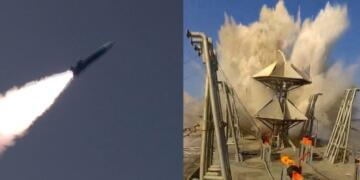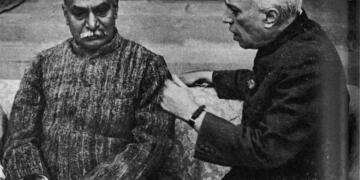Lately, the phrase “Fund Kaveri Engine” has been buzzing all over social media. This surge in interest comes right after India’s recent military response — Operation Sindoor — to the Pahalgam terror attack, where the country struck terror camps across the border in Pakistan. It also follows the Defence Ministry giving the green light to the Advanced Medium Combat Aircraft (AMCA) program — India’s push to develop next-gen fighter jets to strengthen its air force.
So why is everyone suddenly rallying behind the Kaveri Engine? Simply put, people want India to invest more in homegrown defence tech, especially in fighter jet engines, so we’re not stuck relying on imports.
What Is the Kaveri Engine?
The Kaveri Engine is India’s own fighter jet engine project, developed by the Gas Turbine Research Establishment (GTRE), which works under the Defence Research and Development Organisation (DRDO). It’s designed to power India’s Light Combat Aircraft (LCA) — aka Tejas — aiming to cut down on buying engines from other countries.
Technically speaking, it’s a twin-spool turbofan engine that delivers around 80 kilonewtons of thrust. The project began way back in the 1980s, with the goal of powering the indigenous Tejas fighter. The engine was designed to maintain strong performance even under hot and fast flying conditions, and it features a sophisticated digital control system with a manual backup for safety.
Why Has It Taken So Long?
The Kaveri engine has faced a lot of bumps along the way. By 2008, it became clear it couldn’t meet some critical goals — like the right thrust-to-weight ratio and reliable afterburner performance. Because of that, the Tejas aircraft ended up using American-made GE F404 engines instead.
There were other challenges, too. India didn’t have the necessary testing facilities at home, so engine trials had to be done in Russia — causing delays and scheduling headaches. Plus, early on, India tried to develop the engine without much foreign help, which slowed progress and pushed collaborations, like the one with France’s Snecma, too far down the road.
On top of technical problems, there were issues with project management, funding, and coordination between different agencies.
What’s Happening Now?
Good news — the Kaveri engine is back in the spotlight. It’s currently being flight-tested in Russia, with just about 25 hours left in its trial run. These tests are vital to see how the engine performs in real conditions.
The engine is now shifting gears to power India’s indigenous long-range Unmanned Combat Aerial Vehicles (UCAVs), like the Ghatak stealth drone. Interest in the Kaveri project surged again after India’s recent success using drones in counter-terror operations.
Companies like Godrej Aerospace have already delivered parts for the Kaveri Derivative Engine (KDE), with more on the way by 2025. Meanwhile, Azad Engineering is helping by making advanced turbo gas generators that support various defence needs.
There’s also a “Kaveri 2.0” in development, which aims to replace the GE engines in the upgraded Tejas Mk1A sometime after 2035. GTRE has requested funds to build this more powerful 90 kN thrust version.
The Indian Navy is getting involved, too, working with GTRE to adapt the Kaveri engine for ships. The Kaveri Marine Gas Turbine (KMGT) has passed successful tests and could soon power small warships, with plans to boost its power for bigger naval vessels.
Why Does It Matter?
The Kaveri engine is more than just a piece of machinery — it’s a symbol of Aatmanirbhar Bharat (self-reliant India) in defence tech. Getting this project right means India won’t have to depend so much on other countries for fighter jet engines, and it will boost our ability to develop cutting-edge aerospace technology at home.





























